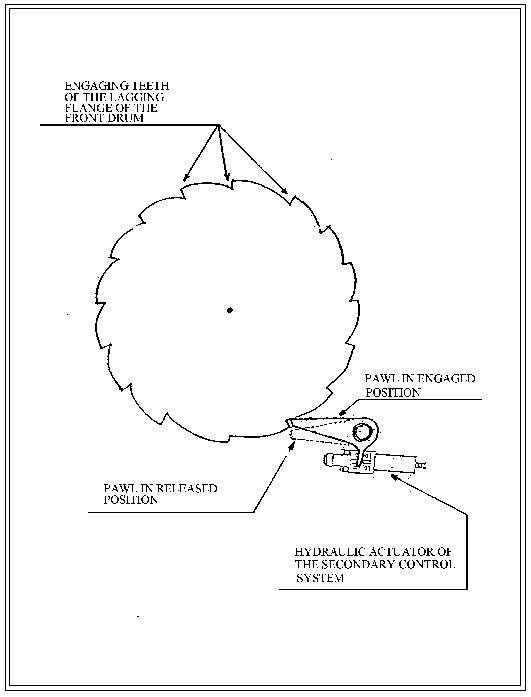OSHA Hazard Information Bulletins
January 31, 1994
| MEMORANDUM FOR: |
REGIONAL ADMINISTRATORS |
| THROUGH: |
LEO CAREY
Director |
| FROM: |
PATRICIA K. CLARK
Director
Directorate of Technical Support |
| SUBJECT: |
Hazard Information Bulletin(1): Link-Belt Model LS-718 Crawler Crane |
___________
FOOTNOTE(1)The Directorate of Technical Support issues Hazard Information Bulletins (HIB) in accordance with OSHA Instruction CPL 2.65 to provide relevant information regarding unrecognized or misunderstood health hazards, inadequacies
of materials, devices, techniques, and safety engineering controls. HIBs are initiated based on information provided by the field staff, studies, reports and concerns expressed by safety and health professionals, employers, and the public.
Information is compiled based on a thorough evaluation of available facts and in co-ordination with appropriate parties.
The Boston Regional Office has brought to our attention that a crawler crane used on the Boston Harbor Clean-up Project dropped a 13-ton precast concrete ring killing one of the workers under the load. An OSHA investigation revealed that the
lack of inspection and maintenance of the crane caused the simultaneous failure of both the primary and secondary control systems on the crane's cable drum.
OSHA standard 29 CFR 1926.550(b)(2) requires that the design, inspection, construction, testing, maintenance and operation of crawler cranes meet the American National Standards Institute (ANSI) standard B30.5-1968, Safety Code for Crawler,
Locomotive and Truck Cranes. Section 5-2.1.3 of the ANSI standard requires that brakes and clutch system parts, linings, pawls, and ratchets be periodically inspected for excessive wear. Section 5-2.3.3 requires that any unsafe conditions disclosed
by the frequent and periodic inspection requirements be corrected before operation of the crane is resumed.
The crane in question is a 500,000-pound capacity Link-Belt crawler crane, model LS-718. The primary braking system on this particular model is a conventional friction brake. In this incident, the primary braking system functioned erratically
because of misadjustment, rust, scale and other particulate matter that had accumulated on the brake linings due to infrequent use and inadequate inspections.
Also contributing to the accident was the failure of the secondary control system which on this model is a mechanism consisting of a pawl engaging the teeth of the lagging flange of the front drum. It is believed that failure of this system
was due to the wobbling of the pawl, causing it to slide off the teeth on which it was designed to engage.
The investigation concluded that the excessive and random wobbling was due to a lack of adequate lateral support for the pawl. Support for the pawl is controlled by a bushing and spacer washers. Proper maintenance and inspection of these items
are required to ensure that the pawl properly engages with the teeth of the lagging flange of the drum (see attached figures).
All cranes covered by the above OSHA standard are subject to the frequent and periodic inspection requirements. However, there are other models and types of cranes and rigging machinery which use similar design concepts of the brakes, the pawl
and the engaging teeth but may not be covered by the same standard. It is essential that these systems receive proper and adequate periodic inspections in order to ensure proper functioning of these crane systems.
Please distribute this bulletin to all Area Offices, State Plan States, Constitution Project Officers, and appropriate local labor and industry groups.
Attachments

Figure 1. The extent of lateral wobbling of the pawl due to lack of adequate number of spacer washers and severe damage to the brushing and pawl bore, the ferrous bushing, the spacer washers, the shaft, pawl, fixed boss and the engaging tooth of the lagging flange of the crane drum are indicated by arrows.

Figure 2. The engaging teeth of the
lagging flange of the front drum, the pawl in engaged position, the
pawl in released position and the hydraulic actuator of the secondary
control system are indicated by arrows.
|

